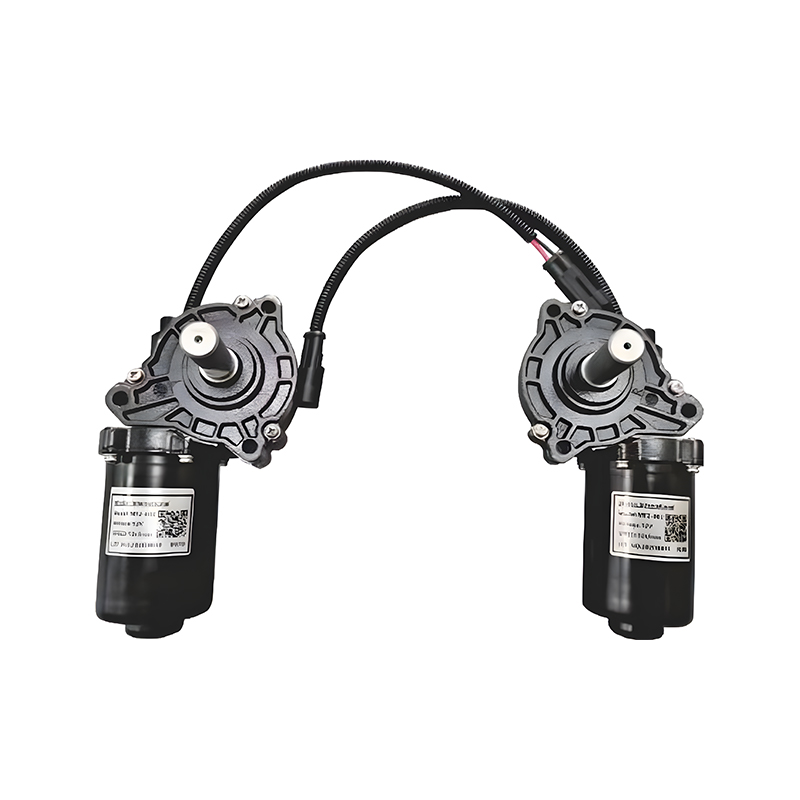Auto power seat motors must be engineered to provide smooth, quiet, and responsive movement throughout their lifespan. The ability of a seat motor to maintain power under load helps prevent stalling or jerky motions that can diminish user satisfaction and advance to mechanical wear over time. Vehicles today feature a wide range of seat adjustments, from height and tilt to lumbar support and forward-backward movement. These multiple axes of control place varying demands on the motor's torque and power capabilities.
When designing adjustable seat motors, engineers carefully consider the electrical and mechanical requirements to ensure consistent power delivery even in high-load scenarios. This is where the performance of the servis motor power window technology becomes relevant. Although primarily associated with window control, the technology and materials used in servis motor power window systems often overlap with those used in seat motors. For example, high-quality brushes, durable bearings, and efficient windings developed for service motor power window applications can be adapted to enhance the robustness of auto power seat motors.

One common issue with adjustable seat motors is that when under heavy load — such as when lifting a seat with a passenger — the motor's power can drop temporarily. This can cause slower adjustments or even motor overheating if sustained for too long. Manufacturers counter this by optimizing the motor design for load endurance, improving heat dissipation, and selecting materials that retain magnetic strength under load. The end result is an adjustable seat motor that maintains power under load and offers reliable, repeatable performance.
An adjustable seat motor that consistently performs well under load also benefits from feedback and control systems that monitor current draw and position. These systems can detect when the motor is encountering resistance beyond normal levels and adjust power delivery accordingly. This is crucial because overcurrent conditions can damage the motor or related electronics. Integrating such smart controls helps auto power seat motors operate efficiently without compromising their ability to maintain power when needed.
Maintenance and servicing also play a role in the long-term reliability of adjustable seat motors. Components like the servis motor power window brushes can wear out or become dirty over time, affecting power delivery and smoothness. Regular inspection and cleaning help keep the motors functioning as intended. Many vehicle manufacturers recommend scheduled checks of both power window and seat motors to ensure continued performance, as both systems often experience similar environmental stresses such as dust, humidity, and temperature fluctuations.
The adjustable seat motor's ability to maintain power under load also has implications for vehicle safety and ergonomics. If a motor stalls or weakens when adjusting a seat, it could distract the driver or leave a passenger in an uncomfortable or unsafe position. Therefore, consistent motor power contributes to smoother seat positioning and better driver focus. Auto power seat motors that maintain power under all conditions enhance the vehicle's usability and passenger satisfaction, particularly in vehicles designed for long-distance travel or multiple drivers with different seat preferences.
In addition to individual motor design improvements, system integration plays a key role. Combining adjustable seat motors with servis motor power window systems that share similar power supplies and control units can streamline vehicle design and improve efficiency. Coordinated diagnostics and software updates can further enhance motor performance and detect issues early, avoiding unexpected failures.
In summary, adjustable seat motors designed to maintain power under load are a vital part of today's automotive comfort features. By focusing on mechanical robustness, electrical stability, and integrated control, these motors provide the reliable movement that users expect. Drawing on technologies from servis motor power window systems and advancing motor materials and designs ensures that auto power seat motors remain responsive and durable throughout their service life. This results in a better driving experience, increased safety, and enhanced vehicle ergonomics.
When looking at vehicle comfort systems, both servis motor power window and auto power seat motors exemplify the level of engineering attention required for seamless operation. Both systems must maintain power and function consistently despite frequent use and environmental challenges. As vehicle designs evolve, the performance demands on these motors will likely increase, but their fundamental need to maintain power under load will remain a core focus.
Your email address will not be published. Required field are marked*